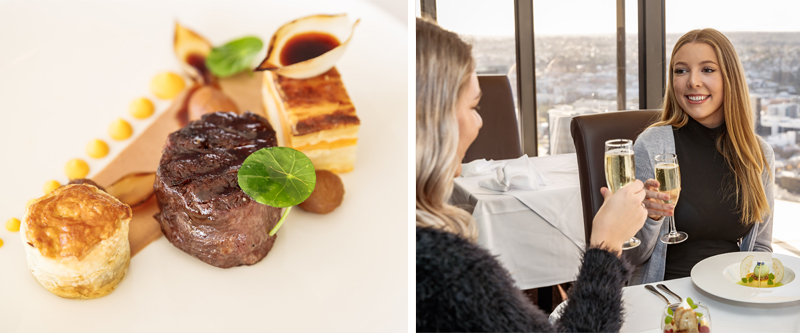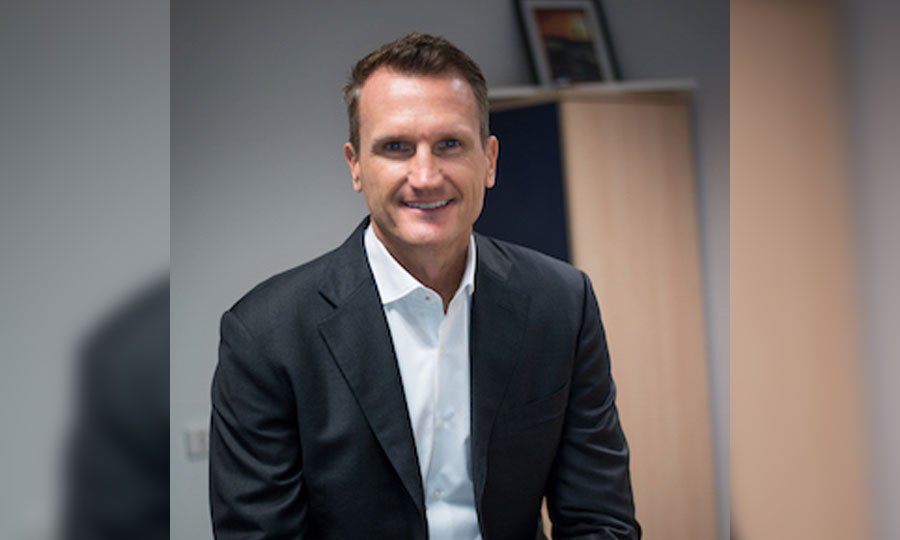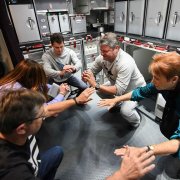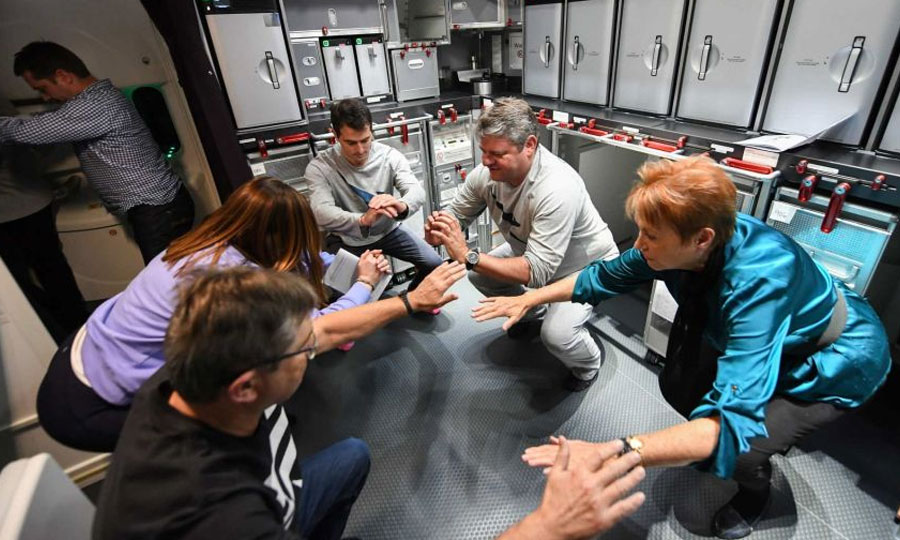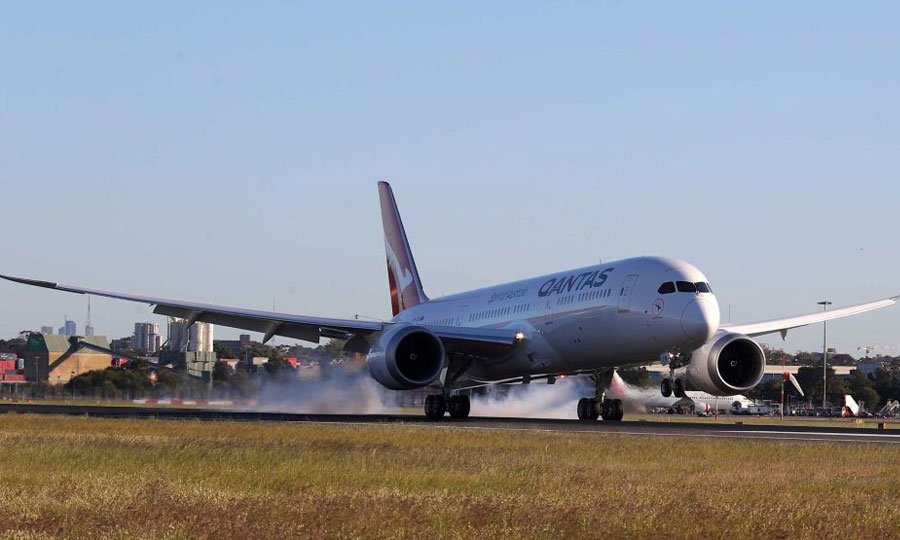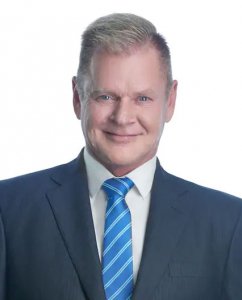Australian office sales boom in 2019 to hit $17.9 billion, the highest on record: CBRE
Big ticket transactions result in a 50 per cent increase on the same time last year even though the number of individual sales was the lowest since 2013.

Supplied by CBRE
Australian office sales hit record high in Q3 2019
Australian office sales totalled $17.9 billion in the first three quarters of 2019, the highest level on record and a 50 per cent increase on the corresponding period last year according to new CBRE data.
CBRE’s Q3 Office MarketView report revealed that investor appetite and big-ticket transactions underpinned the bumper sales results given that the total number of individual transactions was the lowest since 2013.
At a glance:
- National office sales hit a record $17.9 billion in the first three quarters of 2019
- NSW records the highest tally of sales in Q3 at $5.5 billion, a 150 per cent increase on the same time last year
- Deals such as GIC’s circa $900 million sale of a 50 per cent interest in Chifley Square and Cromwell’s $525 million acquisition of 400 George Street in Brisbane underpin bumper results
CBRE’s Head of Capital Markets – Office, Flint Davidson, said GIC’s circa $900 million sale of a 50 per cent interest in Chifley Square to two wholesale funds managed by Charter Hall Group and Cromwell’s $525 million acquisition of 400 George Street in Brisbane were indicative of the size of assets being traded.
“There has been plenty of coverage of the foreign demand for Australian office assets, which continues unabated, however it is the domestic capital from private investors through to REITs that have been aggressively pursuing and acquiring assets in Australia this year,” Davidson said.
CBRE’s Q3 Office MarketView report shows that NSW recorded the highest tally of sales in Q3 at $5.5 billion – up 150 per cent increase on Q3, 2018. This boosted total NSW office sales for the first three quarters to $9.8 billion – already $2 billion above 2018.
“The number of deals recorded in NSW is broadly similar to 2018 but the average price paid at $173 million is the highest on record,” Davidson said.
“In Victoria, $3.4 billion in transactions took place in the first three quarters of the year, which was a slight increase on the corresponding period in 2018.
“In contrast, transaction volumes increased by 25 per cent in Queensland, with $2.7 billion in assets traded across 25 transactions as investors continue to look for better yielding assets compared to Sydney and Melbourne.”
Perth transactions were broadly in line with 2018 – primarily due to limited stock availability.
“Investors are keen to take advantage of the high yield spread to Sydney and Melbourne but are being hampered by a lack of quality stock on the market,” Davidson said.
On the yield front, CBRE’s MarketView report shows that Sydney and Perth recorded the biggest compression in prime yields in Q3 to average 4.6 per cent and 6.3 per cent respectively.
Yields have also continued to compress in Melbourne to 4.8 per cent – the lowest point on record.
CBRE’s Head of Capital Markets Research Ben Martin-Henry said that following the RBA’s decision to deliver three 25bps rate cuts since the federal election, the cost of borrowing had becoming increasingly cheap for investors who were now benefitting from rates of sub 2.75 per cent.
“This situation is expected to continue due to an inverted yield curve, meaning that the cost of debt in the long term is expected to be lower than in the short term,” he said.
“This is likely to lead to lead to further compression in property yields as the demand for bonds increases.”
Click here to read the full report: Australia Office MarketView Q3 2019
Source: https://www.commo.com.au/


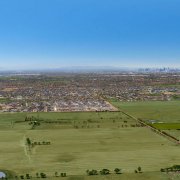

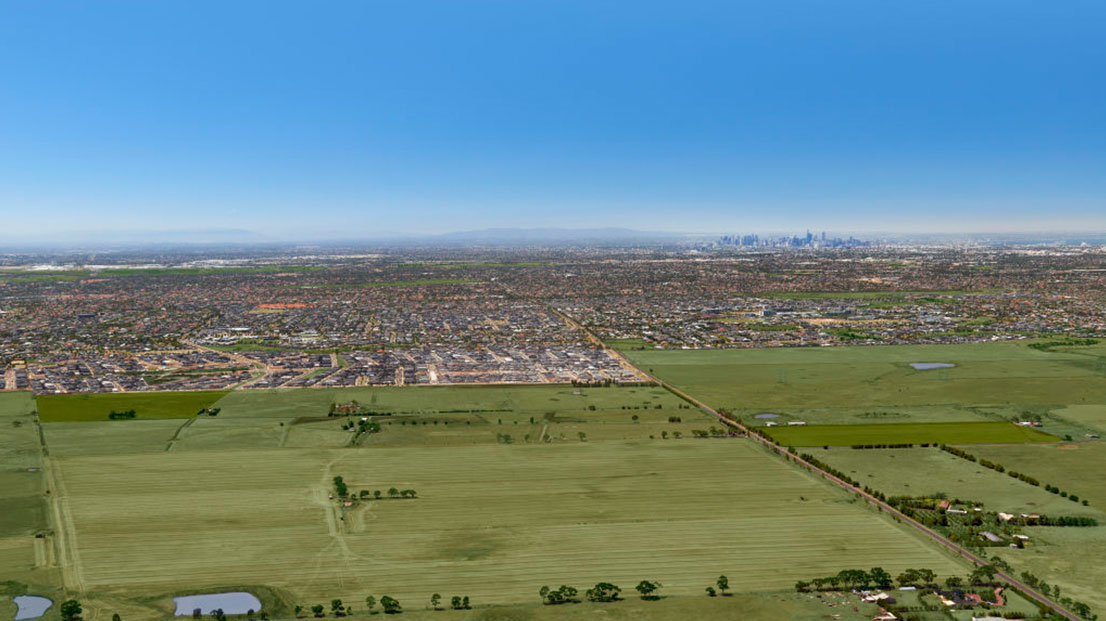
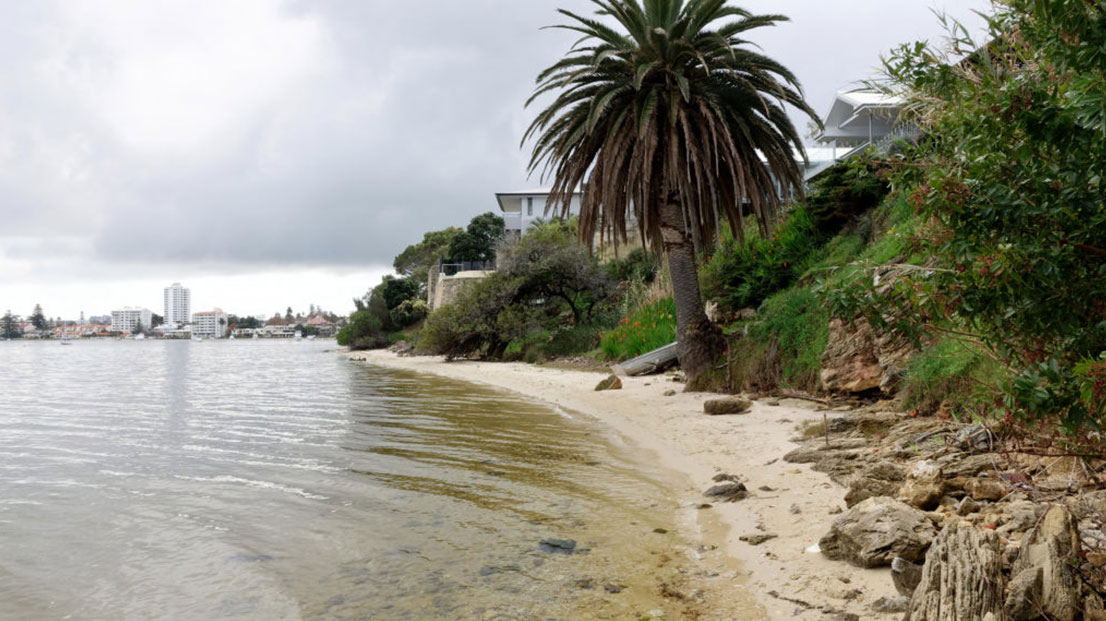
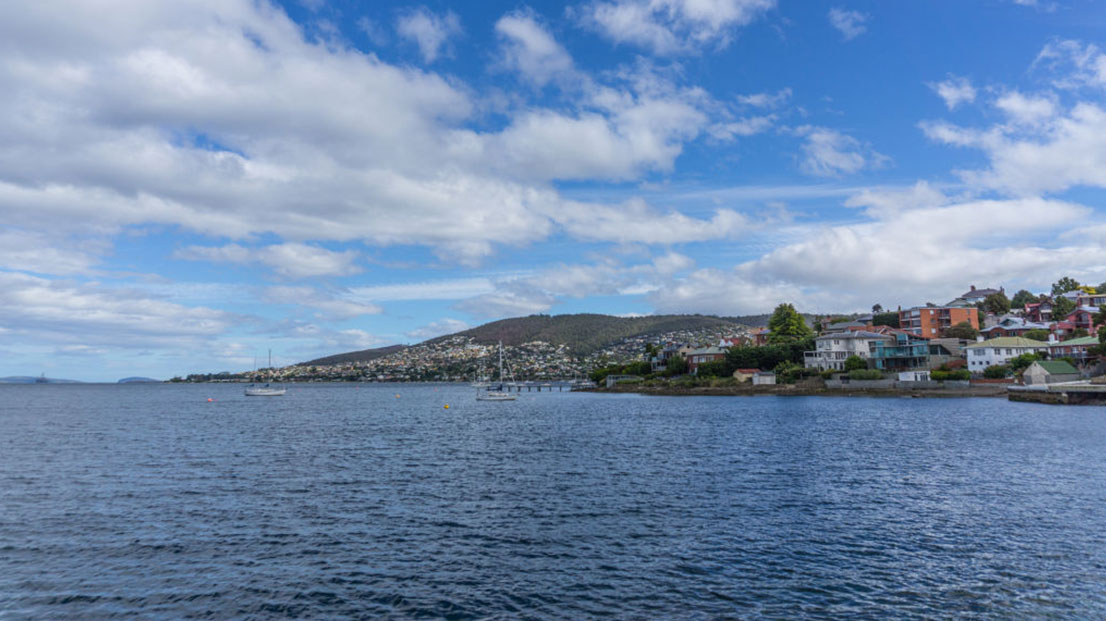

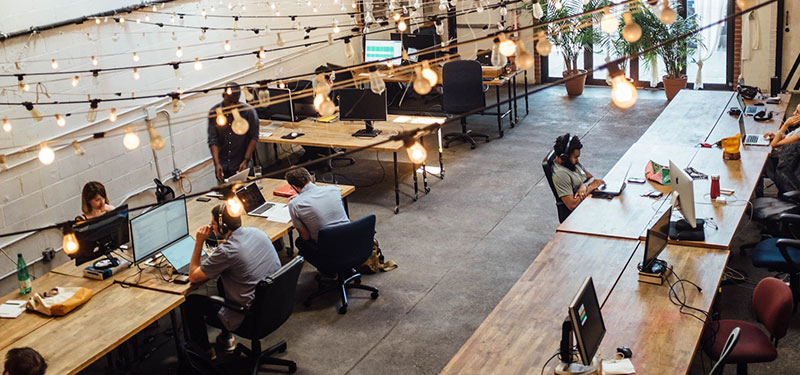
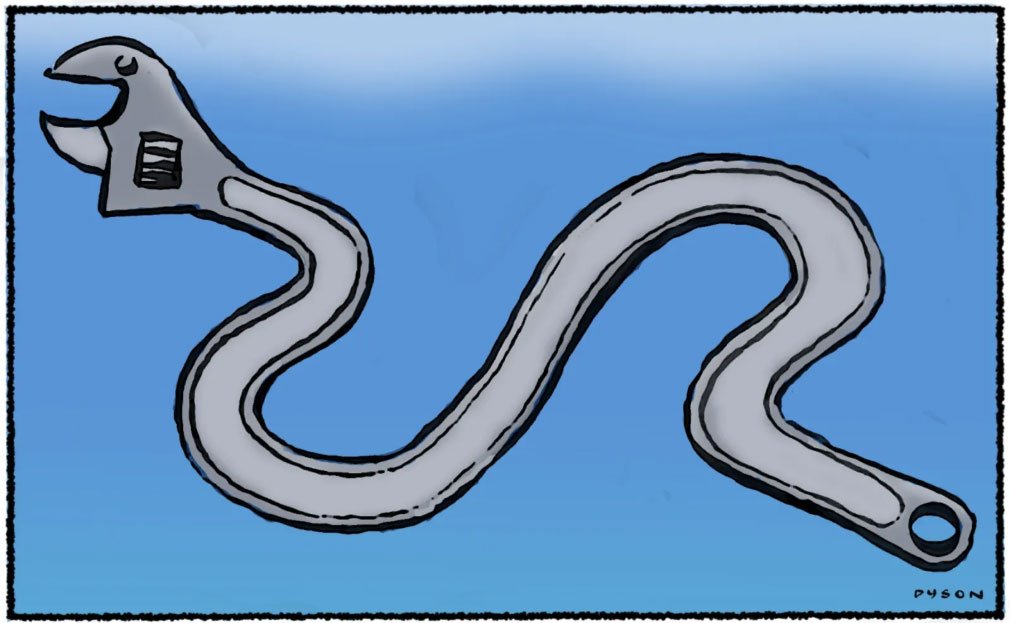

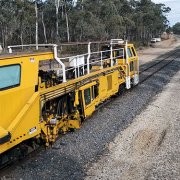
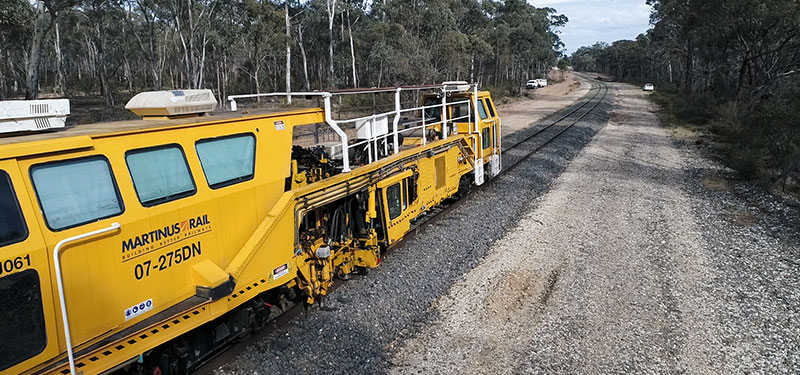

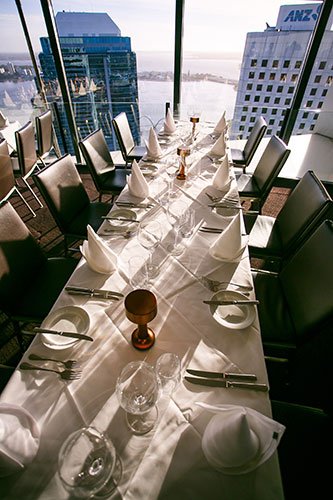 Whenever you visit Perth, make sure you find time to enjoy lunch or dinner at the C Restaurant.
Whenever you visit Perth, make sure you find time to enjoy lunch or dinner at the C Restaurant.